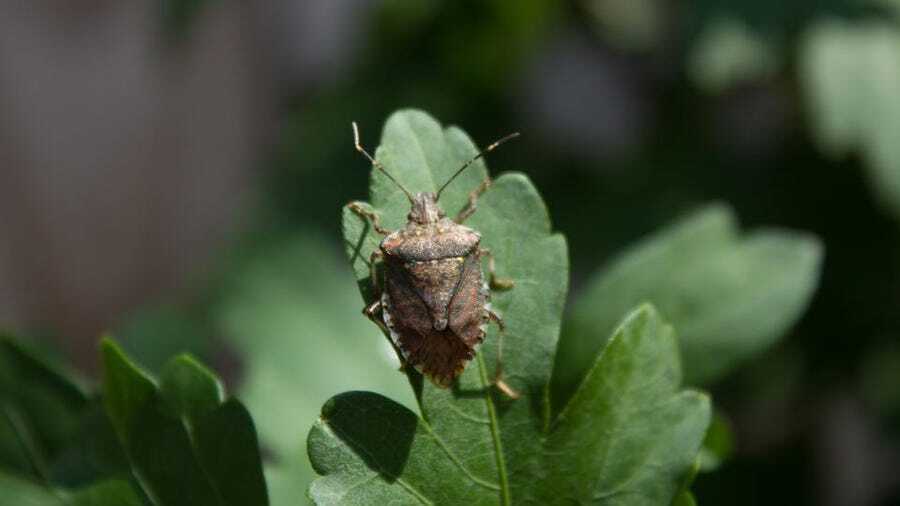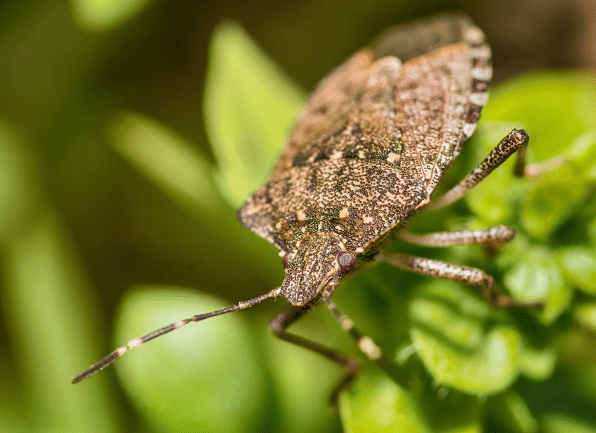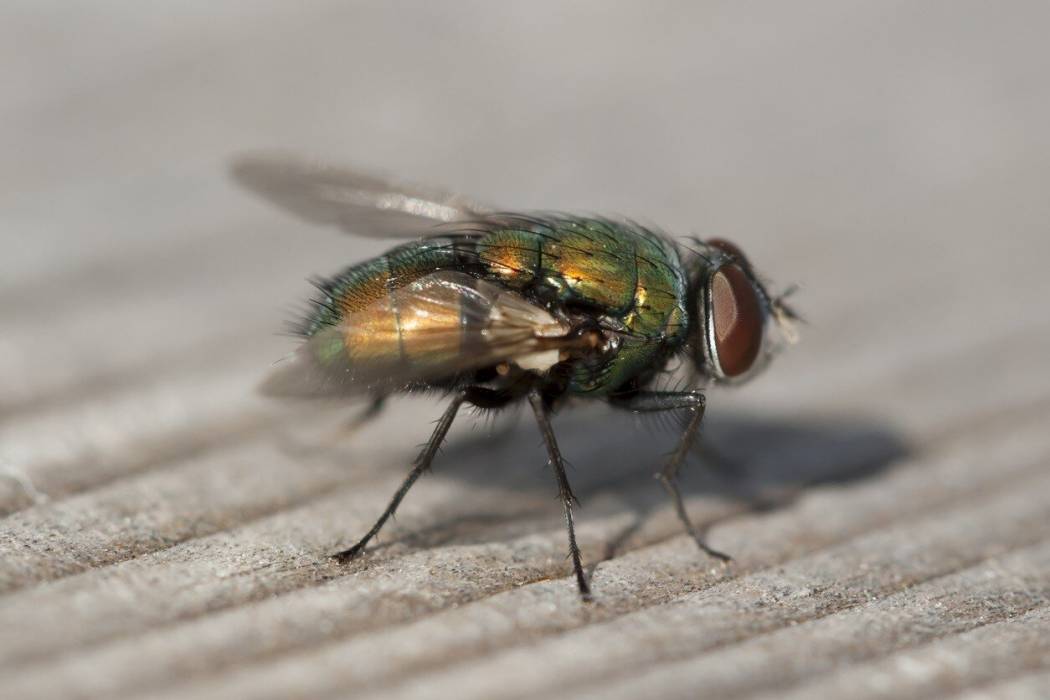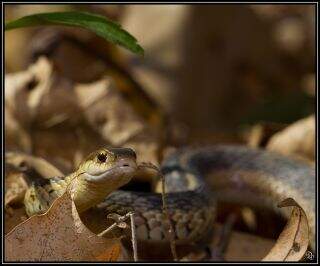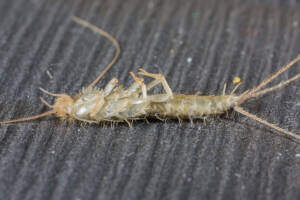How To Get Rid Of Silverfish In My House
Siverfish In My House and How to Get Rid of Them How to get rid of silverfish! Today I’m going to talk about a creepy-crawly that you might have seen in your home or office: the silverfish bug. What are these little critters, and should you be worried about them? Read on to find out! […]
How To Get Rid Of Silverfish In My House Read More »

